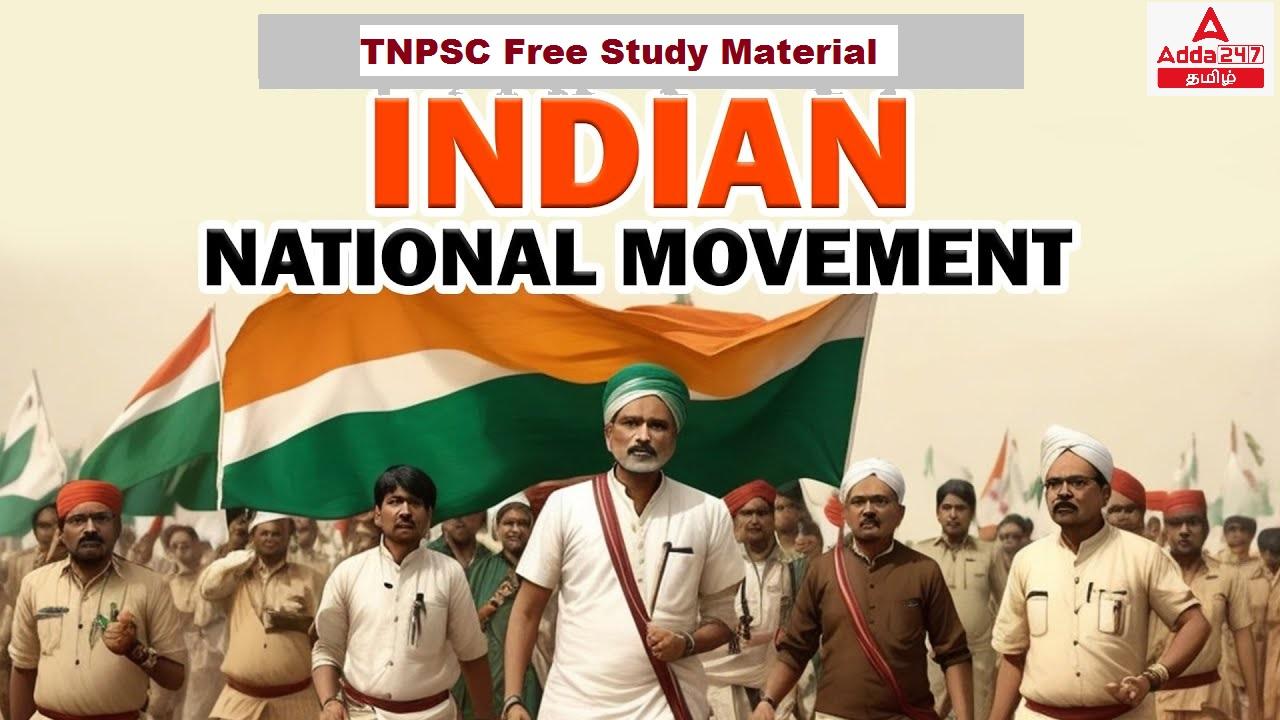இந்தக் கட்டுரையில், TNPSC குரூப் 1, குரூப் 2, குரூப் 2A, குரூப் 4 மாநிலப் போட்டித் தேர்வுகளான TNUSRB, TRB, TET, TNEB போன்றவற்றுக்கான முறைகள் இலவசக் குறிப்புகளைப் பெறுவீர்கள்.தேர்வுக்கு தயாராவோர் இங்குள்ள பாடக்குறிப்புகளை படித்து பயன்பெற வாழ்த்துகிறோம்.
Lucknow Pact 1916
Introduction
1915 – The Congress and Muslim League had their annual session at Bombay
October 1916 – The Hindu and Muslim elected members of the Imperial Legislative
Council addressed a memorandum to the Viceroy on the post-War reforms.
November 1916 – The Congress and the League met at Calcutta and deliberated on the
memorandum.
It also agreed on the composition of the legislatures and the number of representation
to be allowed to the two communities in the post-War reforms.
1916 was therefore a historic year since the Congress, Muslim League and the Home
Rule League held their annual sessions at Lucknow.
The Lucknow Pact paved the way for Hindu Muslim Unity.
This pact paved the way for Hindu–Muslim cooperation in the Khilafat Movement and
Gandhi’s Non–Cooperation Movement.
Sarojini Ammaiyar called Jinnah, the chief architect of the Lucknow Pact, “the
Ambassador of Hindu–Muslim Unity”.
The Lucknow Pact proved that the educated class both from the Congress and the
League could work together with a common goal.
Moderates and Millitants United
Ambika Charan Mazumdar – Congress president welcomed the extremists "After ten years of
painful separation Indian National Party have come to realize the fact that united they stand,
but divided they fall, and brothers have at last met brothers."
The Congress and the Muslim league United
Besant and Tilak also played an important role in bringing the Congress and the Muslim
League together is popularly known as the Congress–League Pact or the Lucknow Pact.
Jinnah played a pivotal role during the Pact.
The agreements accepted at Calcutta in November 1916 were confirmed by the annual
sessions of the Congress and the League in December 1916.
Provisions of the Lucknow Pact
Freedom of Provinces from Central control in administration and finance.
In Central and Provincial Legislative Councils, four-fifths of the members should be
elected, and one-fifth were nominated.
Four-fifths of the provincial and central legislatures were to be elected on as broad a
franchise as possible.
Half the executive council members, including those of the central executive council
were to be Indians elected by the councils themselves.
The Congress also agreed to separate electorates for Muslims in provincial council
elections and for preferences in their favour (beyond the proportions indicated by
population) in all provinces except the Punjab and Bengal, where some ground was
given to the Hindu and Sikh minorities.
The Governments, Central and Provincial, should be bound to act in accordance with
resolutions passed by their Legislative Councils unless they were vetoed by the
Governor-General or Governors in Council and, in that event, if the resolution was
passed again after an interval of not less than one year, it should be put into effect.
The relations of the Secretary of State with the Government of India should be similar to
those of the Colonial Secretary with the Governments of the Dominions, and India
should have an equal status with that of the Dominions in any body concerned with
imperial affairs.
Timeline
1915 – INC annual session at Bombay.
October 1916 – Post war reforms was addressed
November 1916 – The Congress and the League met at Calcutta
*************************************************************************
| Adda247 TamilNadu Home page | Click here |
| Official Website=Adda247 | Click here |








